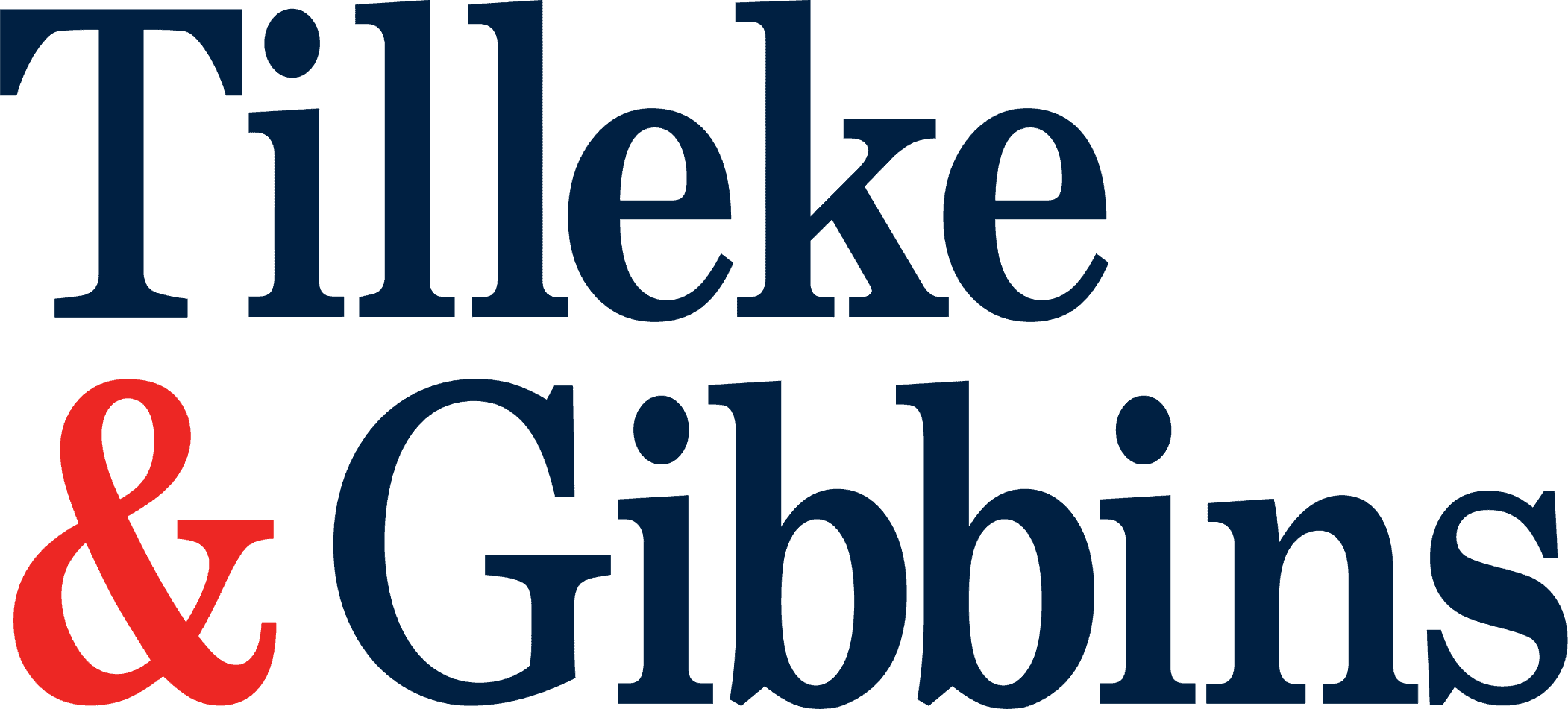
One key component of Thailand’s support for the development of fintech innovations is its sandbox framework, supervised by the Bank of Thailand (BOT). This framework supports business operators in experimenting with new technologies under controlled conditions.
This article explores the structure and significance of the BOT’s sandbox program in driving fintech innovation in Thailand.
The BOT Sandbox Framework
In June 2024, the BOT updated its sandbox framework to provide a more comprehensive and flexible environment for testing fintech innovations. The framework allows participants to experiment with their ideas in a controlled and limited environment, balancing the need for innovation with the imperative of maintaining financial stability and consumer protection.
Three Types of Sandboxes
The BOT’s framework encompasses three distinct types of sandboxes: the Regulatory Sandbox, the Own Sandbox, and the Enhanced Regulatory Sandbox.
Regulatory Sandbox
The Regulatory Sandbox is a mandatory testing ground for certain BOT-licensed financial services to ensure that potentially impactful innovations are tested and evaluated before wide-scale implementation. Participation in this sandbox is a prerequisite for:
- License applications for specific financial services.
- Implementation of new technologies or innovations in existing licensed services.
- Financial services that have the potential to become a structural element or standard of the Thai financial sector.
A prime example of a service requiring participation in the Regulatory Sandbox is the Thai QR code payment via PromptPay system, which involved various banks several years ago until the Bank of Thailand granted permission for these services to be provided to the general public.
Own Sandbox
The Own Sandbox is an optional program that the BOT encourages for financial service providers and fintech operators implementing new technologies. This sandbox provides a more flexible environment for testing innovations that may not require the same level of regulatory scrutiny as those in the Regulatory Sandbox.
Enhanced Regulatory Sandbox
The Enhanced Regulatory Sandbox is a specialized testing environment for new financial products or services that are not yet authorized by the BOT for regulated financial operators. This sandbox operates under the close supervision of the BOT and is conducted under controlled conditions with limitations on how the product or service can be offered and tested.
Benefits of the Sandbox Approach
The BOT’s sandbox framework offers notable benefits to both innovators and the broader financial ecosystem. Perhaps foremost is risk mitigation. By testing new technologies and business models in a controlled environment, potential risks can be identified and addressed before wider implementation. Participants can also gain insights into how their innovations fit within the existing regulatory framework. Additionally, the close monitoring enabled by the sandbox framework empowers the BOT to better safeguard consumer interests in a changing technological environment.
Conclusion
The BOT-supervised sandbox framework represents a significant commitment to fostering fintech innovation in Thailand. By providing structured environments for testing new technologies and business models, the BOT is helping to create a competitive fintech ecosystem while maintaining the stability of the financial sector.
This forward-thinking but responsible approach toward financial innovation has positioned Thailand as a potential leader in fintech development in Southeast Asia. Companies developing new technologies and considering market entry should understand and comply with the requirements and recommendations associated with the BOT-supervised sandbox framework, as this can prevent missteps and possibly even smooth their path launching new products and services in the Thailand market.

